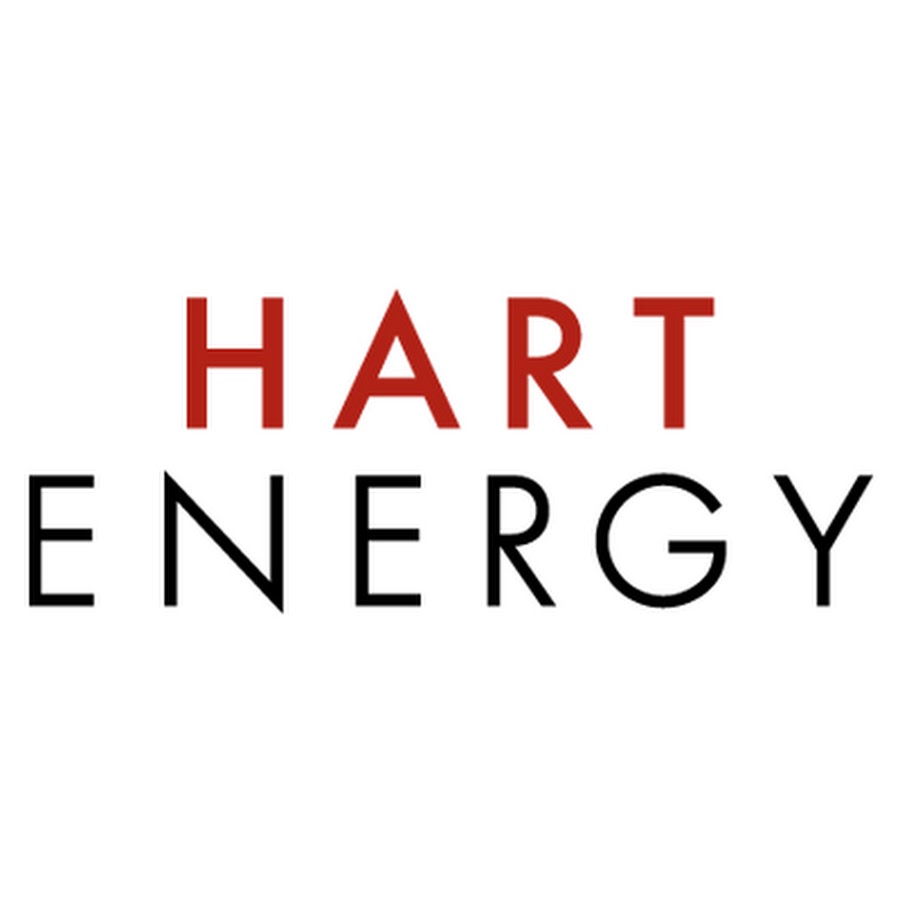[datacenter_tag_image]


Climate events like hurricanes, wildfires, and extreme temperatures are becoming increasingly common, and some areas are feeling it more than others.
Texas is in one such region. The state suffered a notable power crisis in 2021, when three converging winter storms knocked out power to some 4.5 million homes and businesses, in some cases for several days, resulting in the deaths of 246 people.
While outages may not be entirely avoidable, new alternatives are making a difference in Texas and elsewhere.
Renewable energy company Enchanted Rock, based in Houston, offers fully managed microgrids that not only supply power when the public grid fails but offer dual-purpose appeal by bolstering the main grid when power is needed most.
According to Enchanted Rock’s Chief Commercial Officer, Allan Schurr, “Our core business is providing backup power to what would be considered critical infrastructure customers or businesses for which having power is essential to the mission that they are pursuing.”
The company’s best-known client may be H-E-B grocery stores, which famously retained power during Hurricane Harvey in 2017 and Hurricane Beryl in 2024.
However, Enchanted Rock microgrids also provide power backup capabilities for a diverse range of businesses, including hospitals, data centers, military bases, and more. The City of Houston has installed a 30-megawatt microgrid at the Northeast Water Purification Plant, ensuring the continued flow of water even during outages.
The other side of the coin is supplemental power supply. Microgrids not only provide power to their primary clients but also send power back to the main grid on demand. About 350 microgrids currently supply power to the Electric Reliability Council of Texas (ERCOT) grid.
When summer heat strikes or winter nights turn frigid, demand for energy spikes, putting strain on the grid. ERCOT then taps into connected microgrids to fill the supply gap, providing steady power for residents and businesses.
Microgrids are exactly what you might expect from the name: small, self-contained power grids designed to support a limited area, such as a single facility or complex, when power from the main grid fails.
These useful solutions are made up of natural gas generators hooked to gas lines, meaning they don’t require fuel to be replenished manually like diesel generators.
Microgrids could consist of virtually any number of generators, depending on the client’s power needs, and a standard design makes maintenance and scaling easier. Generators are rated to run up to 50,000 hours, with most units averaging about 500 hours of use annually.
Importantly, microgrids also offer near-immediate service when the main power grid fails — they kick on within seconds of an outage and return power to facilities seconds later.
The climate crisis isn’t likely to see a miraculous turnaround any time soon, and when power outages occur, the consequences can be disastrous. Innovators like Enchanted Rock are bridging the gap with reliable microgrids that are easy to maintain and offer the dual benefits of providing a backup for businesses and a boost for bigger grids.
To learn more, read the original article by Hart Energy.